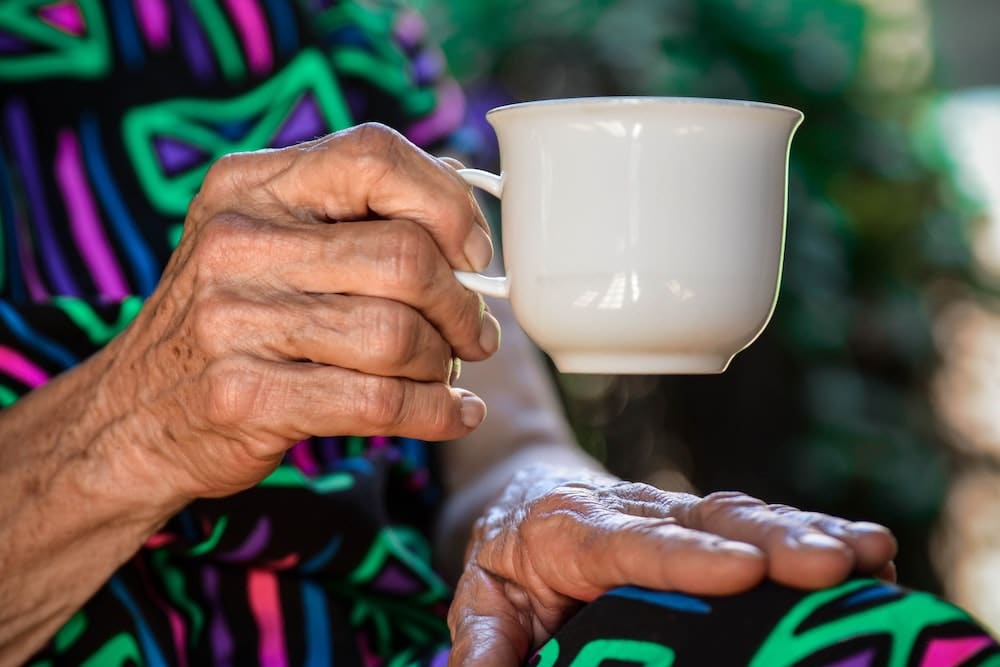 Karen Chumbley is a GP and the Deputy CEO and Clinical Director for St Helena Hospice in Colchester and is the clinical lead for end of life care for the North East Essex Health and Wellbeing Alliance.
Karen Chumbley is a GP and the Deputy CEO and Clinical Director for St Helena Hospice in Colchester and is the clinical lead for end of life care for the North East Essex Health and Wellbeing Alliance.
‘The important thing is to not stop questioning. Curiosity has its own reason for existing.’ Albert Einstein
The recent and welcome Office of National Statistics (ONS) analysis of recent death registrations° should make us pause and reflect. Between 7th March and 1st May 2020 there were an excess of 12,900 deaths that did not involve the coronavirus. Non COVID-19 excess deaths occurred to a much greater extent in the over 80 age group and the largest proportion were recorded as due to dementia and Alzheimer disease and a majority occurred in care homes.
The terrible direct and indirect impact of the COVID-19 pandemic on our elders living in care homes demands our attention and clinical scrutiny.
The terrible direct and indirect impact of the COVID-19 pandemic on our elders living in care homes demands our attention and clinical scrutiny. It is a time for us to refocus on the clinical needs of care home residents and investigate whether the new model of primary care answers their needs. General practice and care homes wrestle with the tension between limiting clinical staff movement in and out of homes to decrease risk of viral transmission and offering appropriate and timely face-to-face consultations.
On the 1st May NHS England brought forward plans° for a proactive primary and community care offer to care home residents. The model acknowledges virtual consultations as one method of review and encourages care planning, including treatment escalation plans, and the support of remote monitoring. The RCGP offers guidance for safe video consultation° whilst general practice rapidly changes its practice model in this crisis.
The findings of the ONS report challenge us to consider the sequelae of physical distance between general practice and our most complex patients.
We need to remain curious to their non-specific presentations of clinical deterioration. Diarrhoea, delirium and anorexia can be presenting complaints of COVID-19 infection in older people°, as they can be for pneumonia, sepsis and a host of other common diagnoses. We need to consider treatment options in the light of their wishes or advance care plans, finding an individualised approach to appropriate, but not over-medicalisation.
The findings of the ONS report challenge us to consider the sequelae of physical distance between general practice and our most complex patients. We must remain inquisitive, interested and meticulous in our approach to their intertwined conditions and needs and preferences. We need to continue to reflect upon and investigate the new practice model, assessing its safety and reliability for this patient population in collaboration with our care home colleagues. One positive consequence of the pandemic has been the accelerated collaboration between health and social care professionals. Now is the time for us to ensure that in partnership we build an improved practice model for the benefit of those who have been most severely impacted by COVID-19.
Featured photo by Georg Arthur Pflueger on Unsplash






